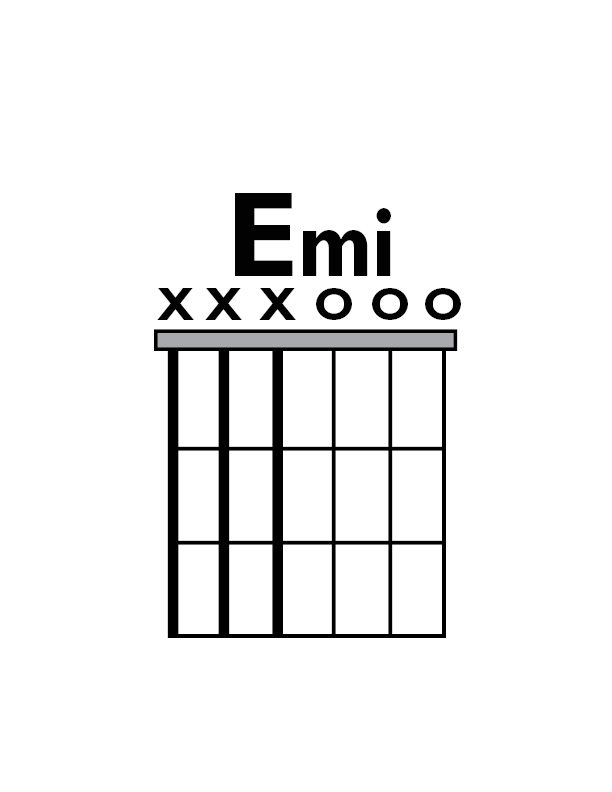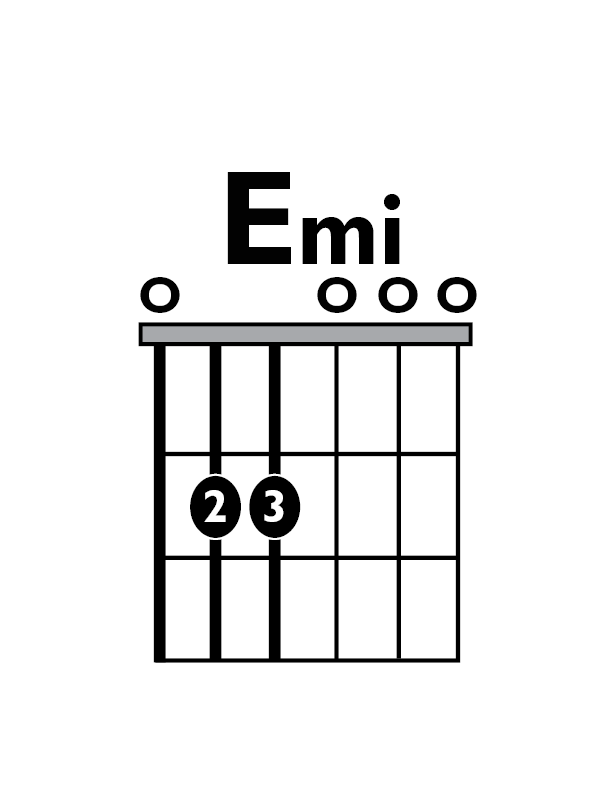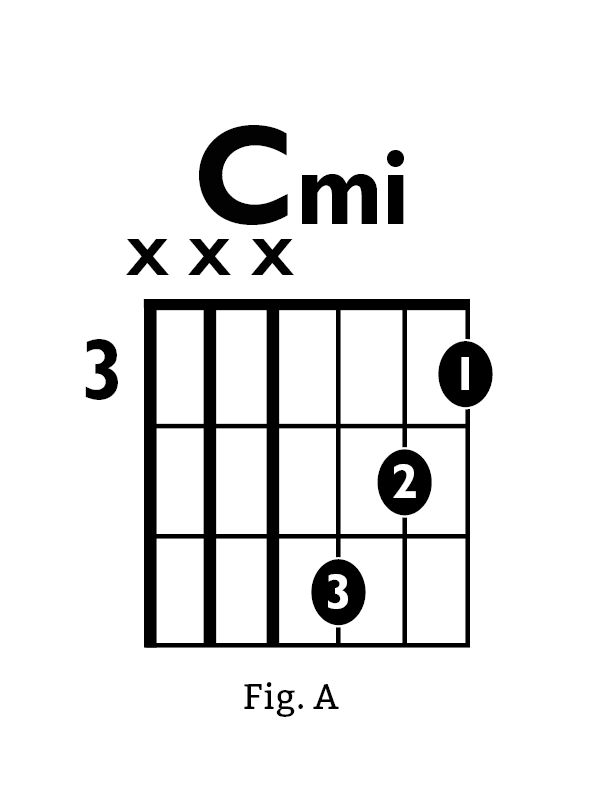LESSON PLAN: Open Emi – Chain of Fools
Objective
Students will be able to use the open E minor chord on 3 strings along with a bass line to play an arrangement of Chain of Fools by Aretha Franklin.
Resources
Paper towel mute, guitar picks, guitars, recording of “Chain of Fools”, printout of the lyrics
Vocabulary and Terms
Procedures

 Play the recording of “Chain of Fools” by Aretha Franklin. After students have heard it and know how it sounds, count along with the recording asking students to join you saying “1 2 3 4” over and over. In the recording, both the snare hit and guitar strum are on beats 2 and 4, so have students clap on 2 and 4 once they are able to count along with the recording.
Play the recording of “Chain of Fools” by Aretha Franklin. After students have heard it and know how it sounds, count along with the recording asking students to join you saying “1 2 3 4” over and over. In the recording, both the snare hit and guitar strum are on beats 2 and 4, so have students clap on 2 and 4 once they are able to count along with the recording.
- Have students get out their guitars and mute all the strings with their left hands while they strum
 down on 1, 2, 3, and 4. Once this is working, have them continue the downward strumming motion on 1, 2, 3, and 4 but only strum on 2 and 4 (the arm will still move down on 1 and 3 without strumming).
down on 1, 2, 3, and 4. Once this is working, have them continue the downward strumming motion on 1, 2, 3, and 4 but only strum on 2 and 4 (the arm will still move down on 1 and 3 without strumming).
- Ask the kids to sing the chorus along with you over an E minor chord to transition their ears to the new key so that they can use this easy chord (the original key is C minor). The melody begins on the note G when she says “Chain, chain, chain”.
- Invite everyone to sing and play along as they strum on 2 and 4 while singing this chorus together. Individual singers can be selected to sing different verses.
Extension
- Make up words to the songs that fit in with a current theme in class or academic subject the students are working on
- Students can play along with the recording in the original key by using this 3 string C minor chord (Figure A) along with a bass line.
- Have some students in class designated to make the drum beat for this song by tapping their right foot on 1 and 3 and hitting their left hand on a piece of paper on 2 and 4 to imitate both the kick and snare drum in the song.
- Have other students play a guitar bass line using the open low E string.
National Core Arts Standards (Music)
Anchor Standard 5: Develop and refine artistic techniques and work for presentation. Example: Harmonizing Instruments MU:Pr5.1.H Rehearse, Evaluate, and Refine. Anchor Standard 6: Convey meaning through the presentation of artistic work. Example: Harmonizing Instruments MU:Pr6.1.H.Ia Perform with expression and technical accuracy, in individual and small group performances, a varied repertoire of music that includes melodies, repertoire pieces, improvisations, and chordal accompaniments in a variety of patterns (such as arpeggio, country and gallop strumming, finger picking patterns), demonstrating sensitivity to the audience; Anchor Standard 7: Perceive and analyze artistic work. Example: Harmonizing Instruments MU:Re7.2.H.5a Demonstrate and explain, citing evidence, the use of repetition, similarities and contrasts in musical selections and how these and knowledge of the context (social or cultural) inform the response. Common Core Correlations: CCSS.Math.Content.K.CC.B.4 Understand the relationship between numbers and quantities; connect counting to cardinality;CCSS.Math.Content.K.CC.B.4. Understand that each successive number name refers to a quantity that is one larger

